Overview
Our sharpening service will provide a good serviceable edge on the blade. The result is typically “very sharp” with a small secondary bevel and a bit of an “apple seed” profile. The resulting edge is somewhat dependent on the particular blade. Some blades will take and hold sharper edges than others and the thickness of the blade will determine how wide the bevel will need to be. We adjust the angle of the edge to suit the specific blade and attempt to get as close to a bevel-less edge as possible without marring the surface of the blade.
The Sharpening Process
The sharpening service is done with a belt sander. The process involves many passes with sanding belts of various grits. The blades are rested between passes to prevent them from becoming hot and damaging their temper. By default we will sharpen as much of the blade as possible including any false edges if appropriate. If you have a different preference, feel free to make that request in the special instructions at check out. We can sharpen only the last half or third of an edge, for example. Our sword sharpening expert has personally sharpened several thousand swords at this point, so will provide you with a professional service.
What the Service is Not
The resulting edge will be “sword sharp” not razor sharp. Our goal is to provide you with a usable edge for cutting practice that will hold up to some use and not require constant re-sharpening. In other words, we intend to provide you with a serviceable weapon, not a personal grooming implement. The service will not provide a completely bevel-less edge. To create that type of edge will necessarily scratch up the blade surface and we lack the machinery and time to provide a full re-polishing of a blade’s surface. A service of that nature would be significantly more expensive as a great deal more time would be required. We do not offer this type of service at this time.
Disclaimer
We make no guarantee that the resulting edge will meet with your expectations. Every blade is different and some will take and hold a sharper edge than others, due to the blade material, heat treatment or geometry. Some customers can also have incorrect assumptions about sword sharpness and improper expectations as a result. All we can say for sure is that the resulting edge will be sharper than the default edge, in most cases, significantly so. We can not provide any refunds for the service once it has been completed, so consider it to be provided “as is”. That being said, if you are unhappy with the product for any reason, we do still allow you to return the item for a full refund, including the sharpening costs under our normal return policy. This does not apply to special sharpening requests, for example if we sharpen something specially for you that does not normally list that option on our site. The vast majority of our customers are happy with the results of the service, so as long as you keep the above mentioned in mind, we are confident you will be pleased with the results as well.



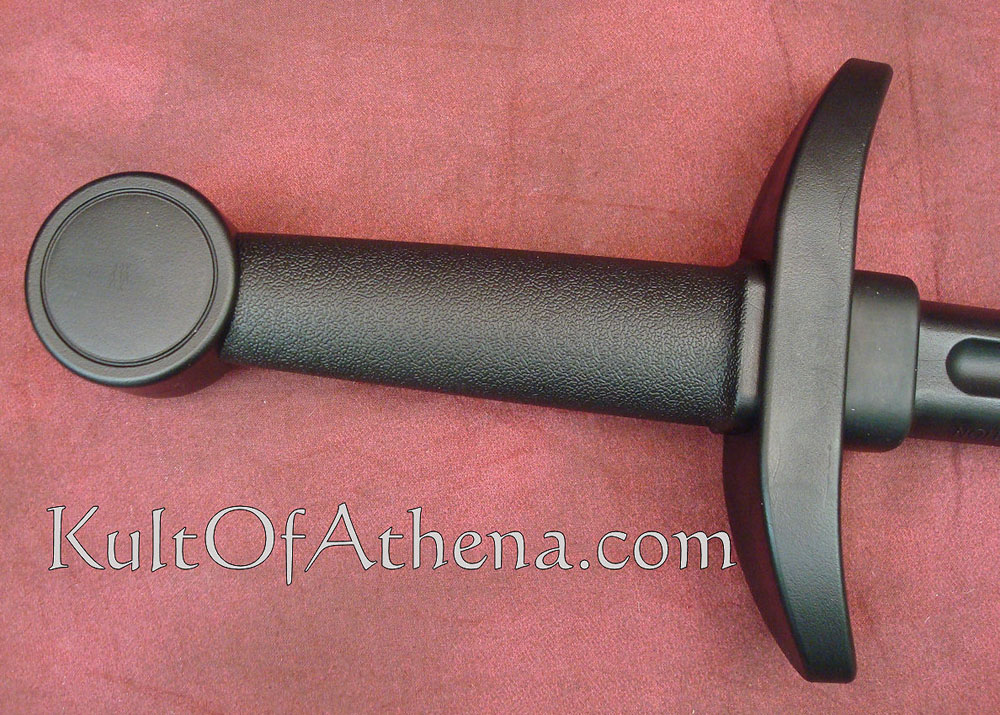
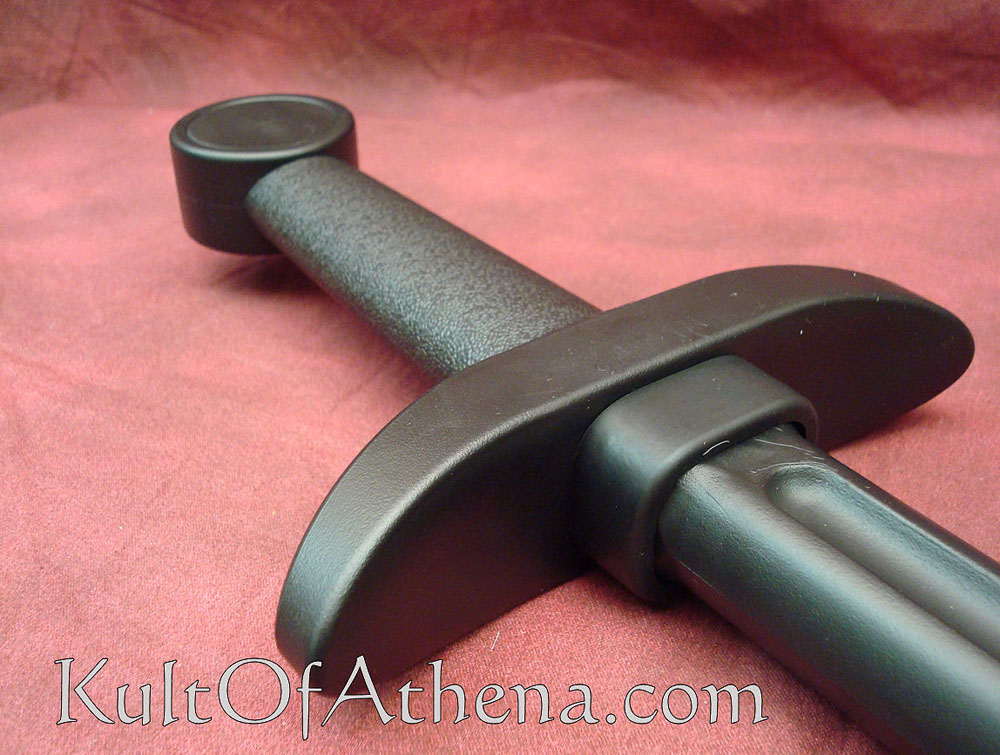
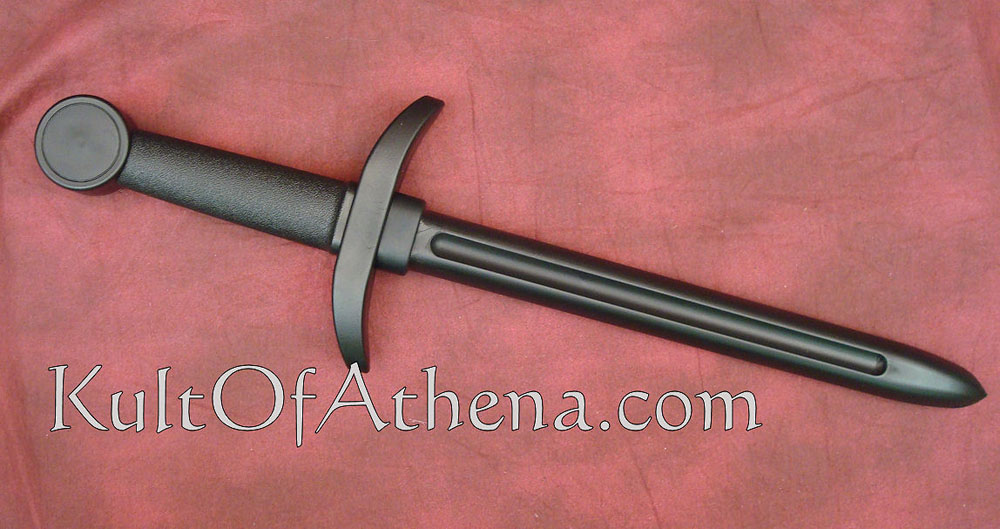

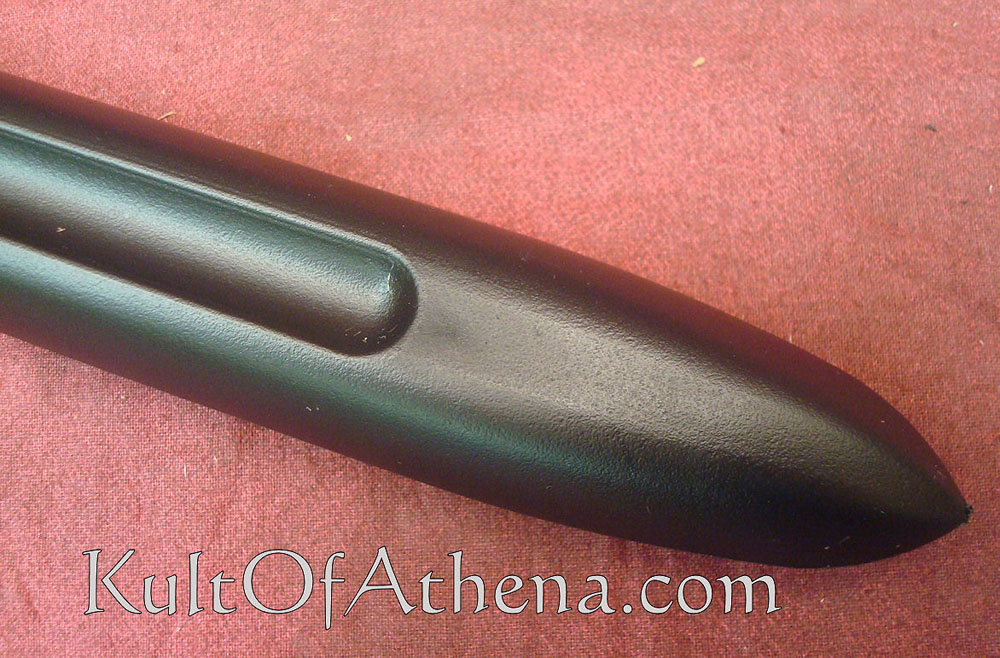
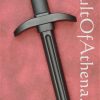
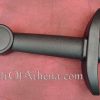
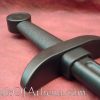
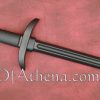
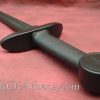
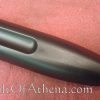
Fin Fer –
Tough, but maybe too tough The Good:
Very tough and reliable. The assemblage (the cross-guard comes unattached to reduce shipping) is simple to do and very sturdy, and as long as who or what you practice with doesn’t use sharp metal, this will last a very long time under heavy stress. Though longer and heavier than a lot of 15th century-ish daggers it appears to be emulating, proportional to its length the weight not too bad. Perfect for pell work.
And The Bad:
It’s incredibly stiff. Border lining dangerous. The training dagger has no flex at all, and since most techniques (modern and ancient) rely a lot on thrusts for attacks, this trainer (more like a weapon) is to dangerous to spar with, even with padded jacks. If you intend to use this in sparring, make sure you have hard protection for your torso at least (and your head, as with any other trainer), if not your arms and legs, because this thing hits harder than a baton and does nothing to soften the force of a thrust at your target. I use mine on a pell quite happily, but it’d be nice to use it in sparring without someone suffering internal bleeding. Wish it had a lot more flex for saftey.
*Fair to note that i had to use sandpaper to dull the tip of mine, because as it came it felt pointy enough to use as an actual dagger
Verdict:
Very durable and cheap. Good for pell work and solo practice, but hard torso protection (and face protection obviously) is a must to even consider using it in sparing. If your looking for something to spar with, look elsewhere. If you want something cheap and strong to whack away on inanimate objects without it ever breaking, this is for you.
Fin Fer
Steven Kyle Toelle –
Having owned this dagger for number of years, I can say it is perfect for what it is made for, which is practicing medieval dagger fighting. Unlike most synthetic trainers that are floppy, this one is stiff and unforgiving, so sparring with it outside of armor requires respect and control. If you are fighting in armor, you can definitely fight in earnest with it and be successful. I use it for both as well as a cheap off hand weapon when working sword and dagger, both with steel and synthetic as it stands up to both perfectly. Not good for if you are wanting to play dagger tag or think you can spar recklessly as it will be very punishing.